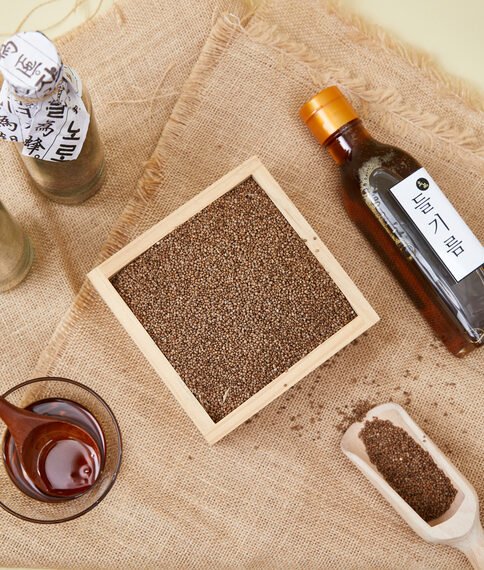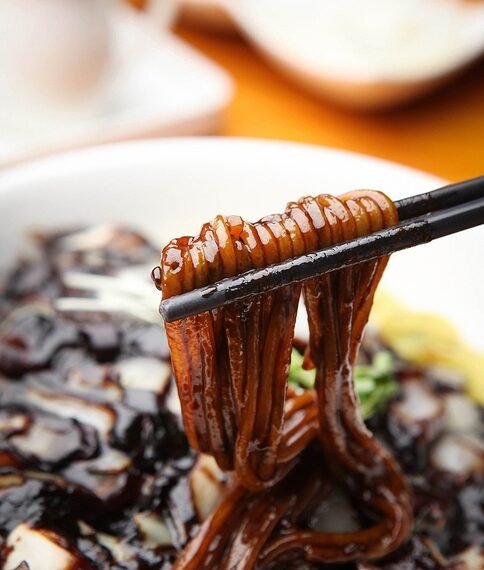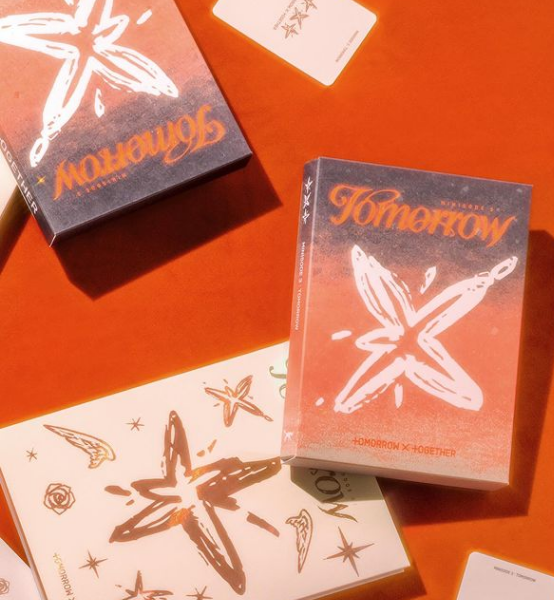Have you ever wondered what that little red tub sitting in your fridge is? You know, the one that adds a punch of flavor to your stir-fried noodles and makes your slow-roast chicken extra delicious? It’s gochujang, a Korean fermented pepper paste that brings together spicy, sweet, salty, and funky flavors in one amazing condiment. Made from red chile pepper flakes, glutinous rice, fermented soybeans, and salt, gochujang is a staple in Korean cuisine. Find out how to incorporate this versatile paste into your cooking and discover the mouthwatering dishes it can enhance.
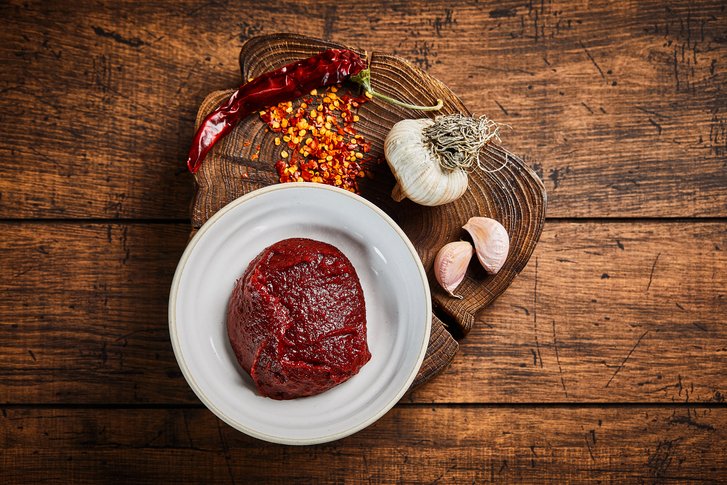
What is Gochujang?
Gochujang is a fundamental ingredient in Korean cuisine that adds a spicy, sweet, salty, and funky flavor profile to dishes. This thick crimson paste is made from a combination of red chile pepper flakes, glutinous rice (sticky rice), fermented soybeans, and salt. Traditionally, gochujang is fermented for years in an earthenware pot kept outdoors, allowing the starches in the rice to be converted into sugars, resulting in its underlying sweetness. The chile peppers provide a lingering heat, while the fermented soybeans contribute to the condiment’s umami flavor.
Ingredients of Gochujang
The ingredients of gochujang include red chile pepper flakes, glutinous rice, fermented soybeans, and salt. The specific ratios and types of these ingredients can vary slightly depending on the brand or homemade recipe. Some gochujang may also contain additional flavorings such as garlic, sugar, and soy sauce.
Traditional Fermentation Process
The traditional fermentation process of gochujang involves keeping the paste in an earthenware pot outdoors for several years. During this time, the starches in the glutinous rice undergo fermentation and are converted into sugars, giving gochujang its sweet flavor. The outdoor exposure also allows the paste to develop complex flavors from the natural elements. However, modern production methods may use shorter fermentation times to meet commercial demand.

Flavor Profile of Gochujang
Gochujang offers a unique blend of flavors that is both spicy and sweet. The heat from the chile pepper flakes is balanced by the sweetness of the fermented rice, creating a harmonious taste. Additionally, the fermented soybeans contribute to the umami flavor, adding depth and complexity to dishes. The combination of these flavors makes gochujang a versatile condiment that can elevate a wide range of dishes.
Where Can I Find Gochujang?
Gochujang can be found in various places, allowing for easy accessibility to this Korean staple.
Korean Markets
One of the best places to find gochujang is in Korean markets. These markets specialize in Korean ingredients and often have a dedicated section for condiments and sauces. Gochujang is typically sold in small, red square tubs in the condiments aisle. It is important to note that gochujang should not be confused with doenjang, another popular Korean fermented soybean paste that is sold in beige square tubs.
Online Retailers
For those who do not have access to a Korean market, gochujang can also be purchased from online retailers. Many websites specialize in Korean ingredients and offer a wide range of gochujang brands and heat levels. Shopping online allows you to explore different options and read reviews to find the best gochujang for your taste preferences.
Supermarkets
In recent years, the popularity of gochujang has grown, leading to its availability in well-stocked supermarkets. Some mainstream supermarkets have a designated international foods section where you can find gochujang. It may also be located in the Asian or condiments aisle. However, availability may vary depending on your location and the diversity of your local supermarkets.
How Should I Use Gochujang?
When using gochujang, it is important to remember that moderation is key due to its potent flavor. Here are some tips on how to use gochujang effectively in your cooking:
Moderation is Key
Gochujang has a powerful flavor, so a little goes a long way. Start by adding small amounts, such as a teaspoon, to your dishes and adjust according to taste.
Complementing Meat Dishes
Gochujang pairs well with rich meat dishes, such as spicy pork or beef bulgogi. The spicy-sweet flavor of gochujang adds complexity and depth to these dishes, enhancing their overall taste.
Enhancing Starchy Foods
Starchy foods, like winter squash or Korean rice cakes, can benefit from the addition of gochujang. The spiciness of gochujang livens up these ingredients and adds a delicious kick to the overall dish.
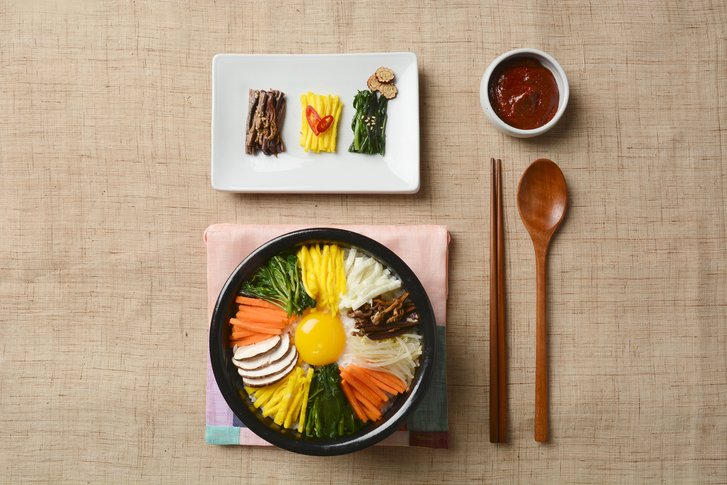
Recipes Using Gochujang
Gochujang can be used in various recipes to elevate their flavors and provide a unique twist. Here are two recipes that incorporate gochujang:
Gochujang-based Salad Dressing
Ingredients:
- 2 tablespoons gochujang
- 2 tablespoons rice vinegar
- 1 tablespoon sesame oil
- 1 tablespoon honey
Instructions:
- In a bowl, whisk together the gochujang, rice vinegar, sesame oil, and honey until well combined.
- Taste and adjust the seasonings as desired.
- Drizzle the dressing over your favorite salad and toss to coat. Enjoy!
Experimenting with Gochujang
Gochujang can also be used as a base for experimentation in your cooking. Try mixing it with other ingredients like sesame oil, honey, and rice vinegar to create your own unique sauces and marinades. Taste as you go and adjust the quantities to achieve the desired flavor profile.
Gochujang Chicken Recipe

Try this delicious Slow-Roast Gochujang Chicken recipe that showcases the versatility of gochujang:
Slow-Roast Gochujang Chicken Ingredients
- 1 whole chicken
- 3 tablespoons gochujang
- 2 tablespoons soy sauce
- 2 tablespoons honey
- 1 tablespoon sesame oil
- 4 cloves of garlic, minced
- Salt and pepper to taste
Cooking Instructions
- Preheat your oven to 350°F (175°C).
- In a bowl, mix together the gochujang, soy sauce, honey, sesame oil, minced garlic, salt, and pepper.
- Place the chicken in a roasting pan and rub the gochujang mixture all over the chicken, making sure to coat it fully.
- Roast the chicken in the preheated oven for approximately 1 hour and 30 minutes, or until the internal temperature reaches 165°F (74°C).
- Remove the chicken from the oven and let it rest for a few minutes before carving.
- Serve the slow-roast gochujang chicken with a side of steamed rice and enjoy!
Gochujang is a versatile ingredient that adds a unique flavor profile to a variety of dishes. Whether you’re using it in marinades, sauces, or dressings, gochujang brings a spicy, sweet, and salty kick to your culinary creations. Its accessibility in Korean markets, online retailers, and well-stocked supermarkets makes it easy to incorporate into your cooking. Experiment with different recipes and discover the countless ways that gochujang can enhance your meals. So go ahead, explore Korean cuisine and embrace the deliciousness of gochujang!


